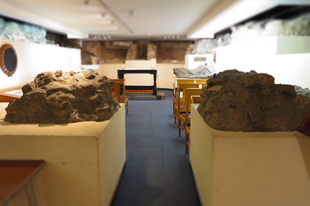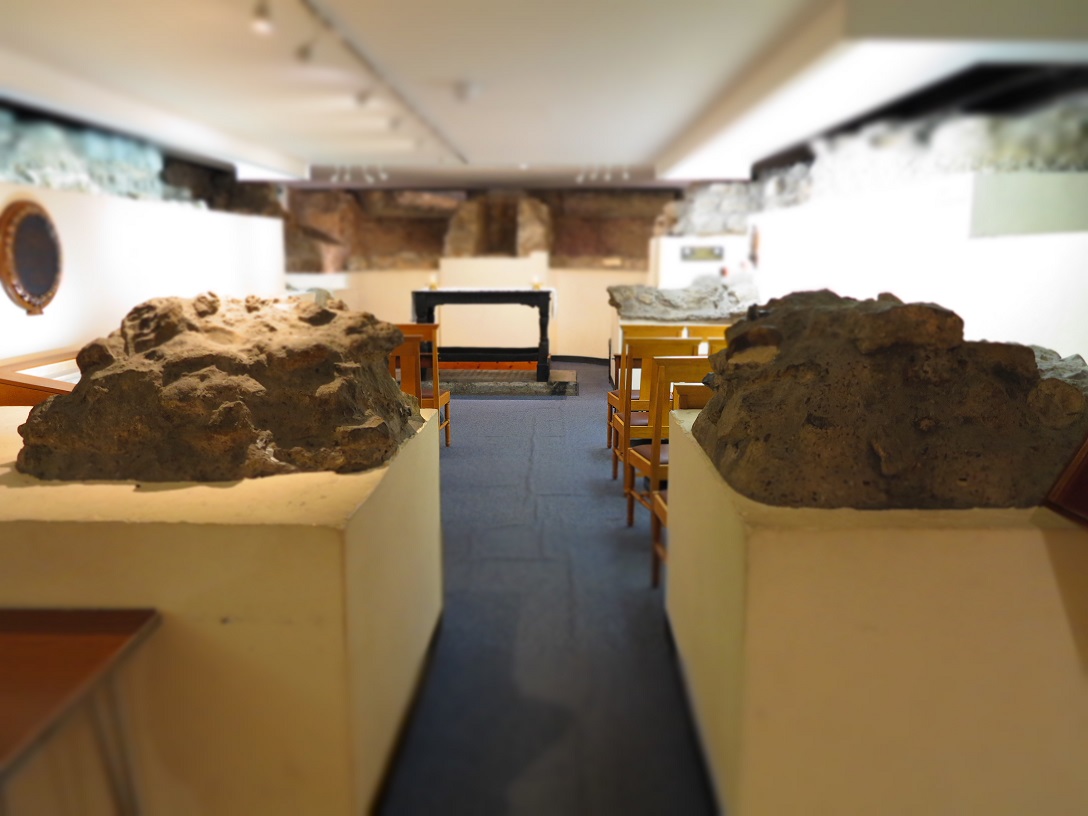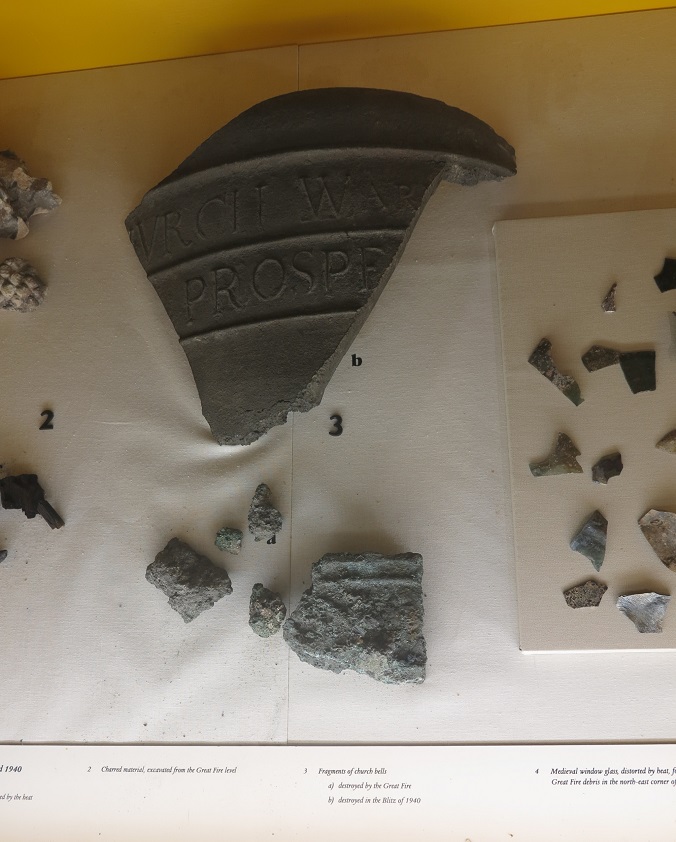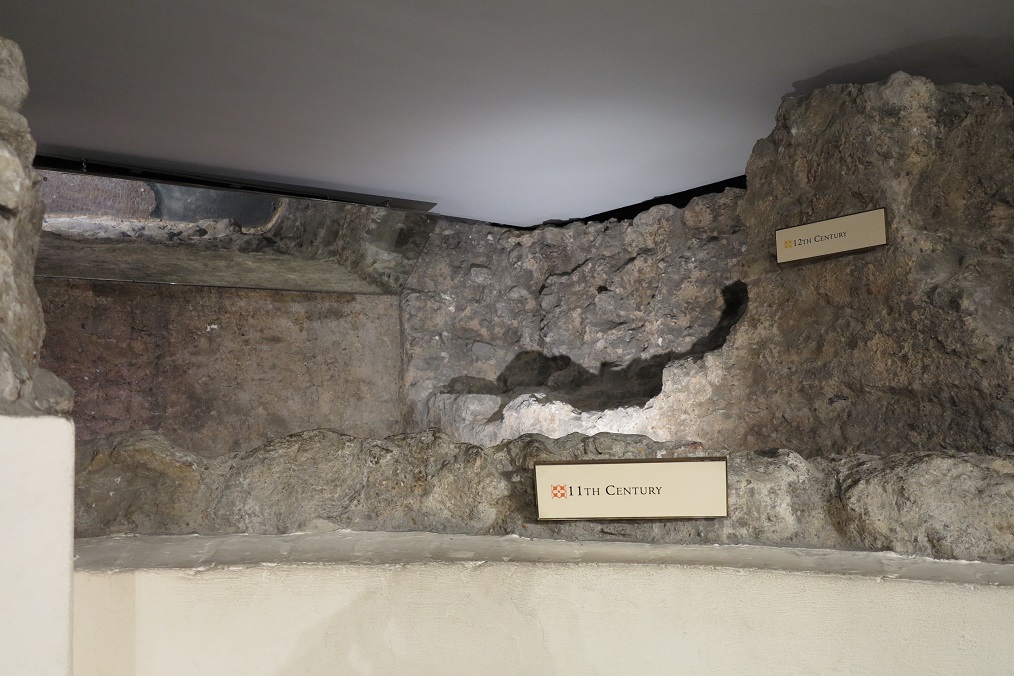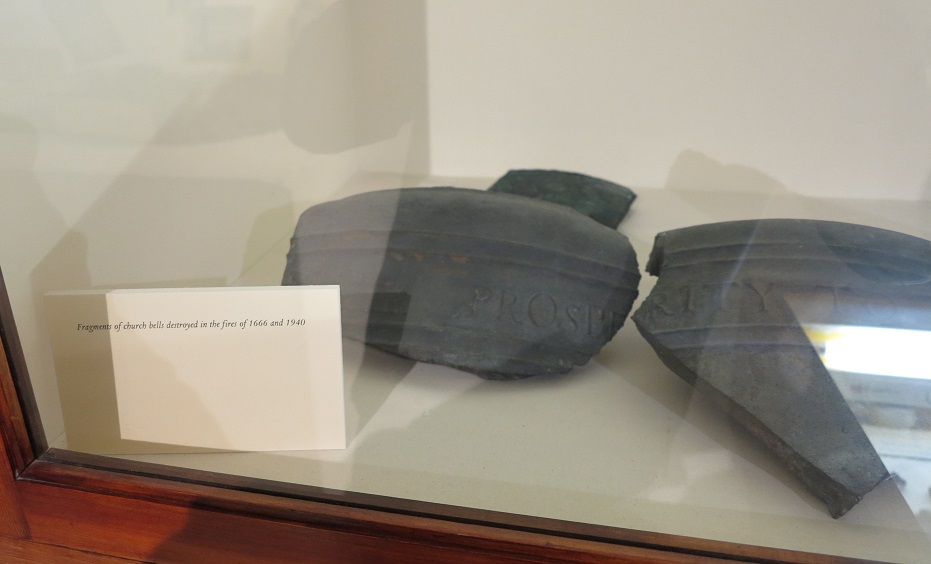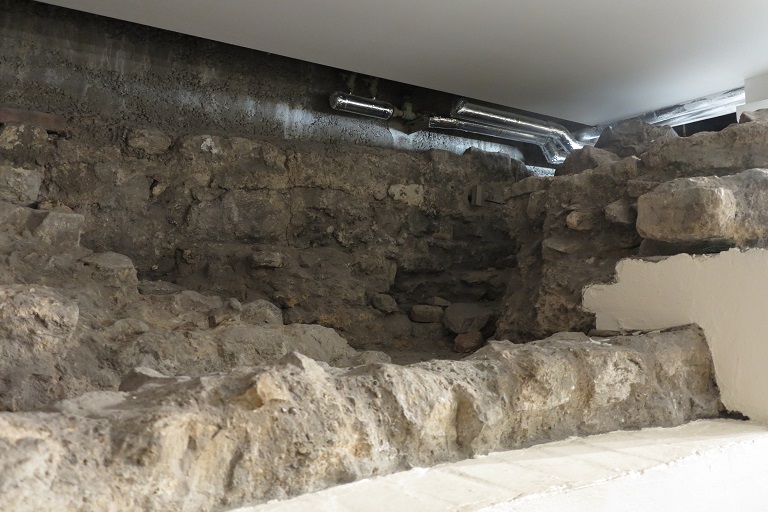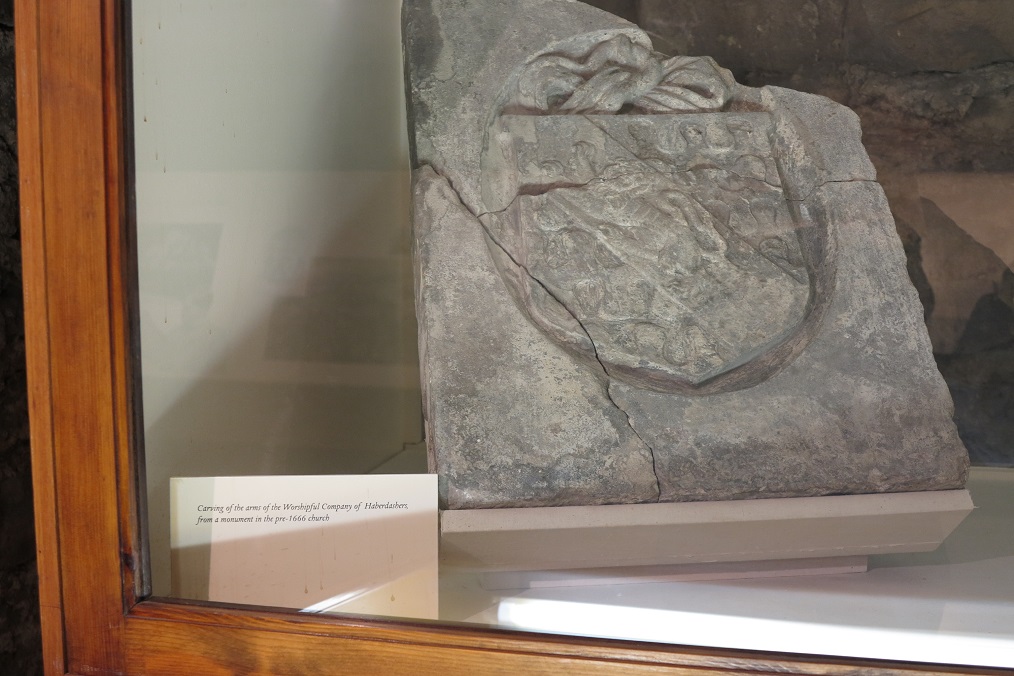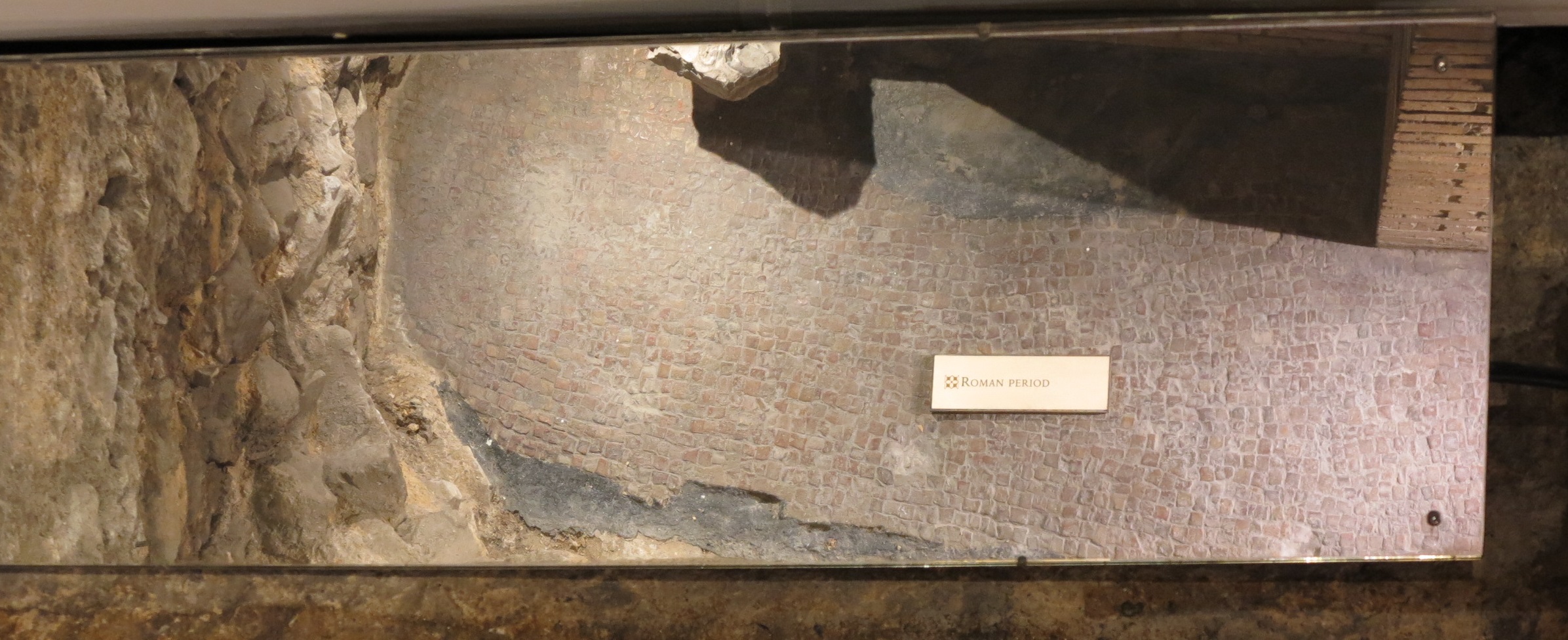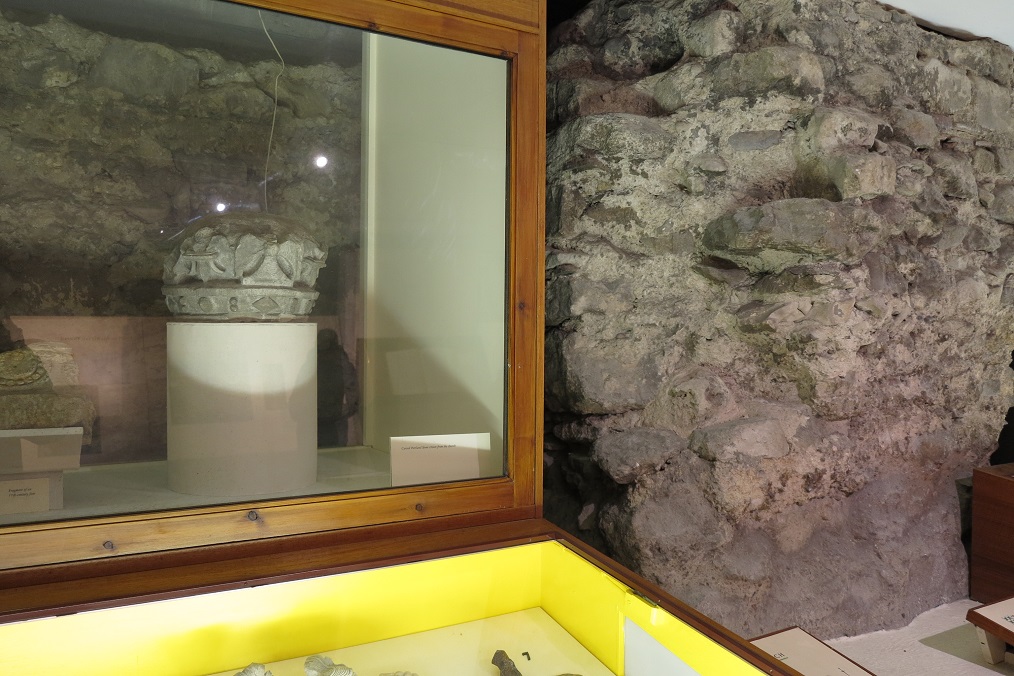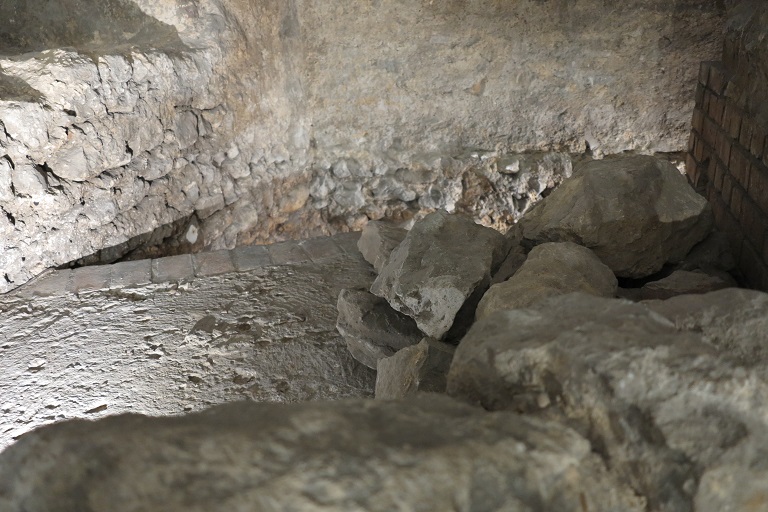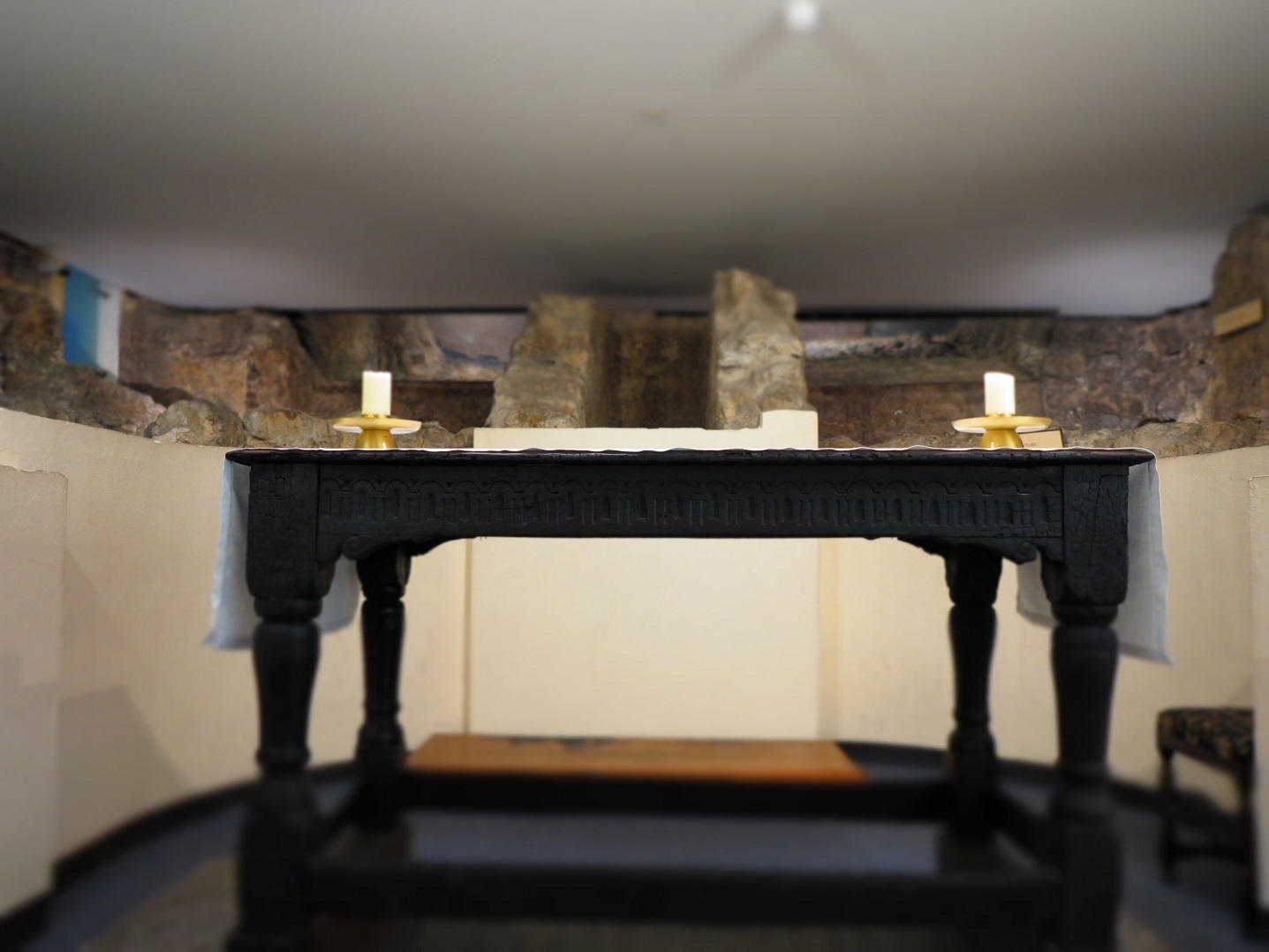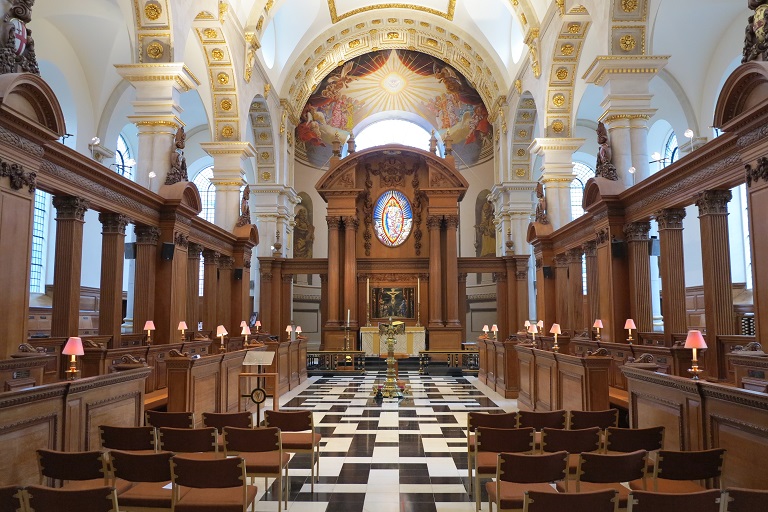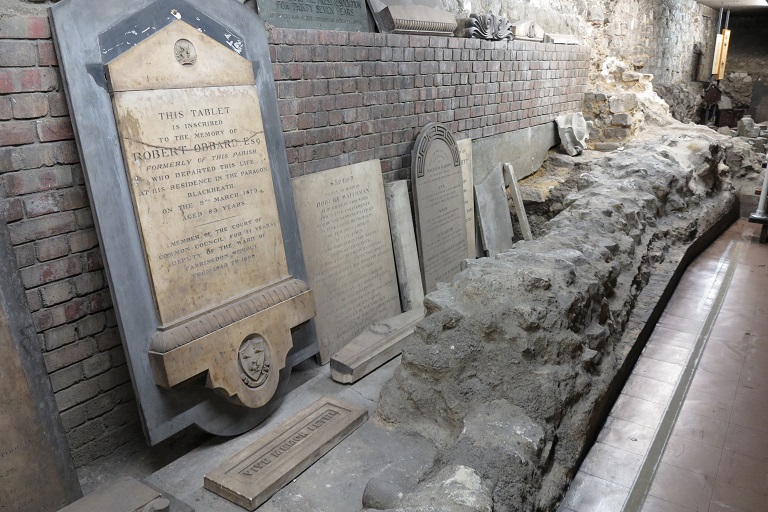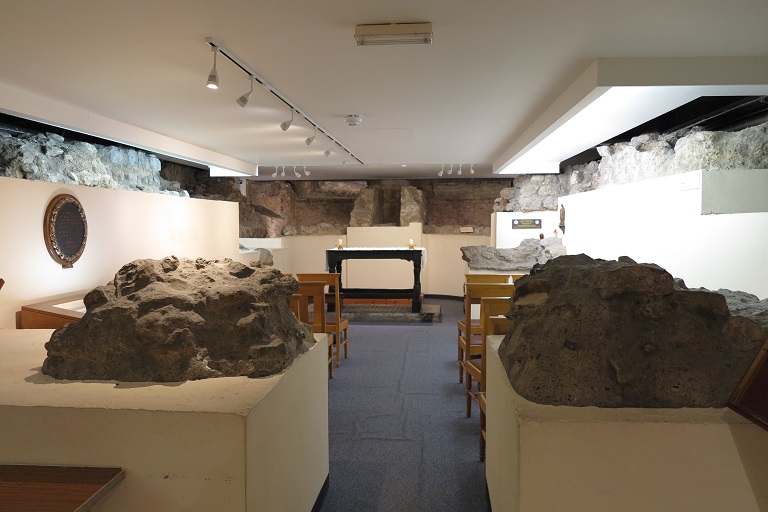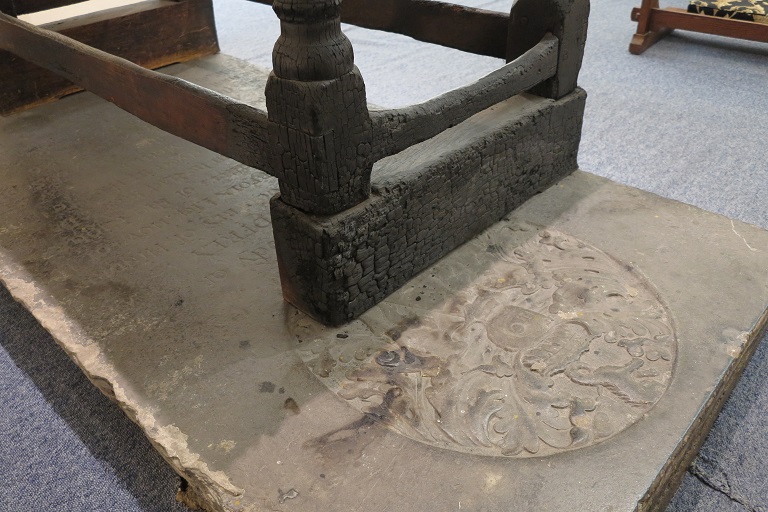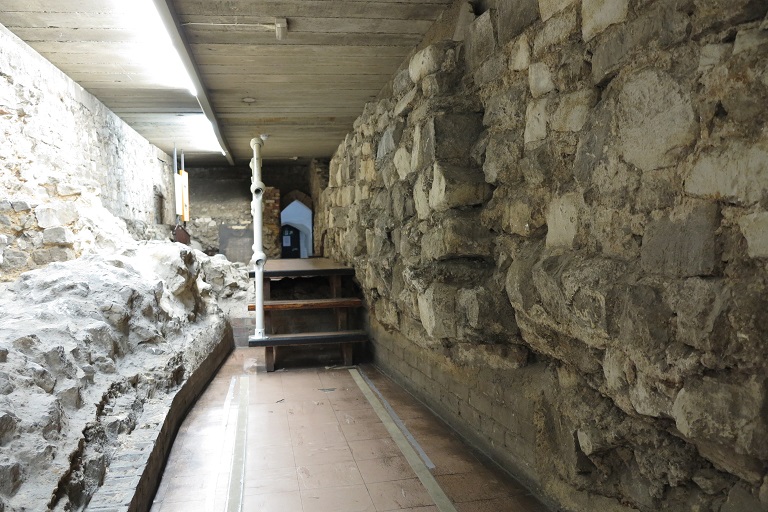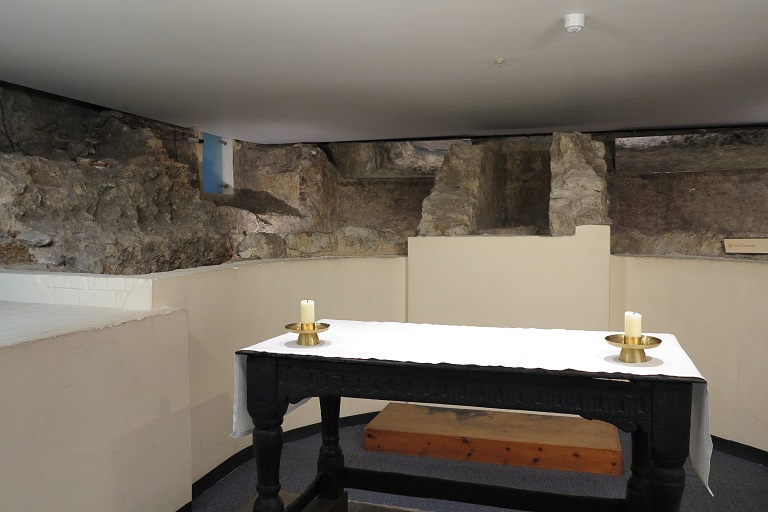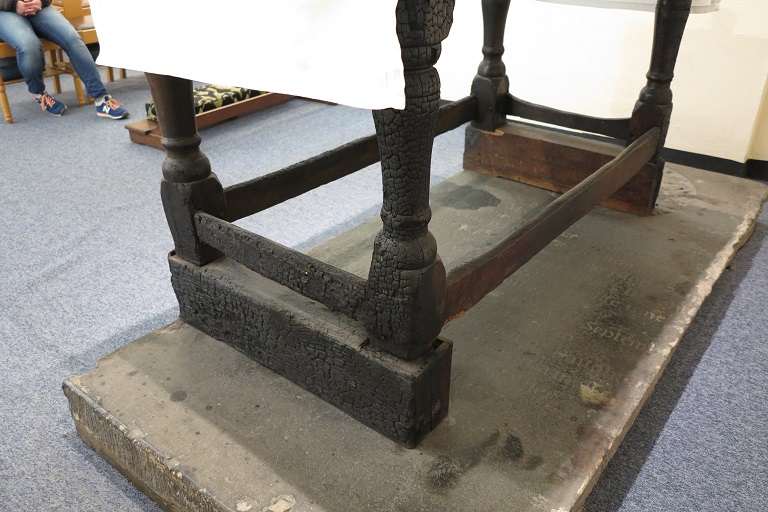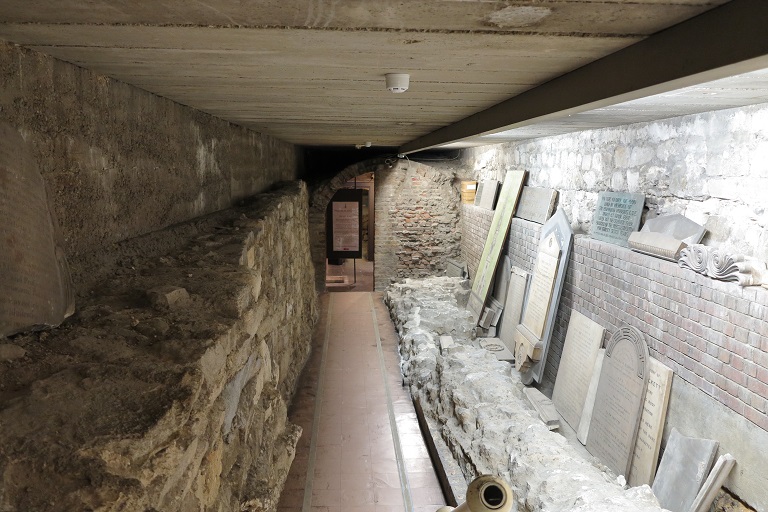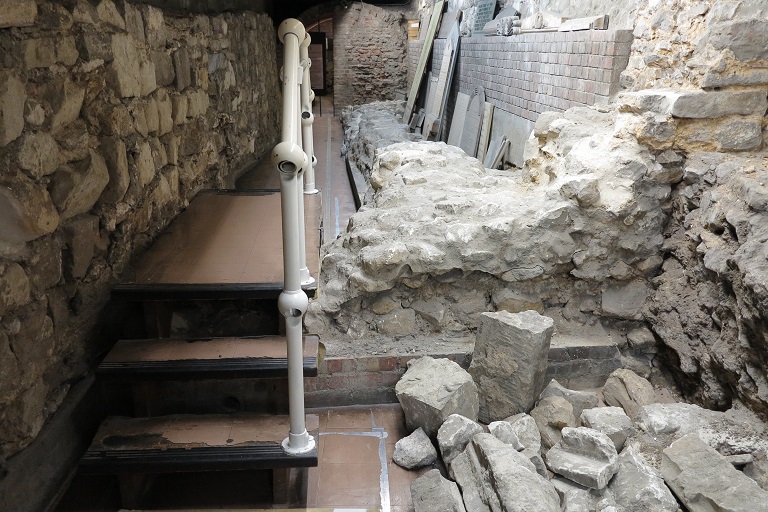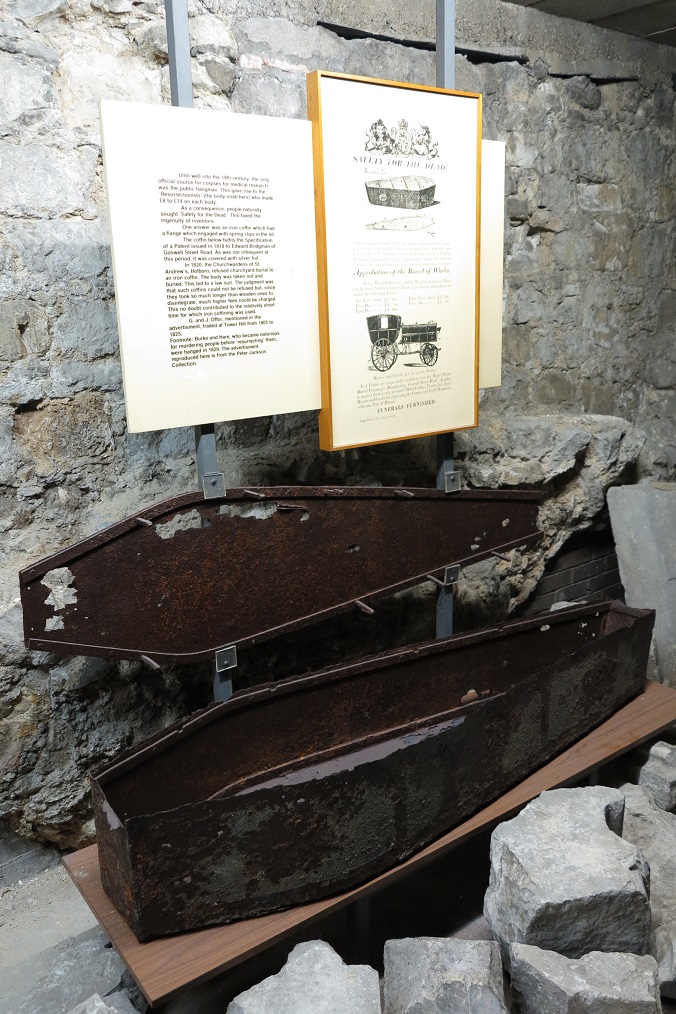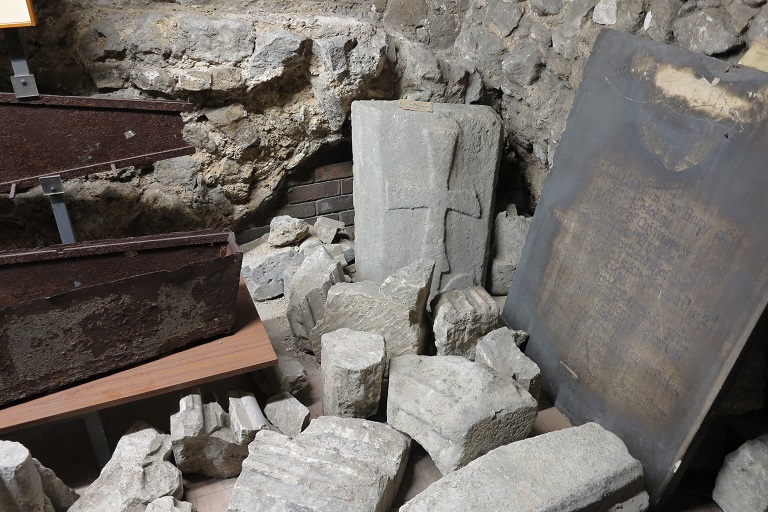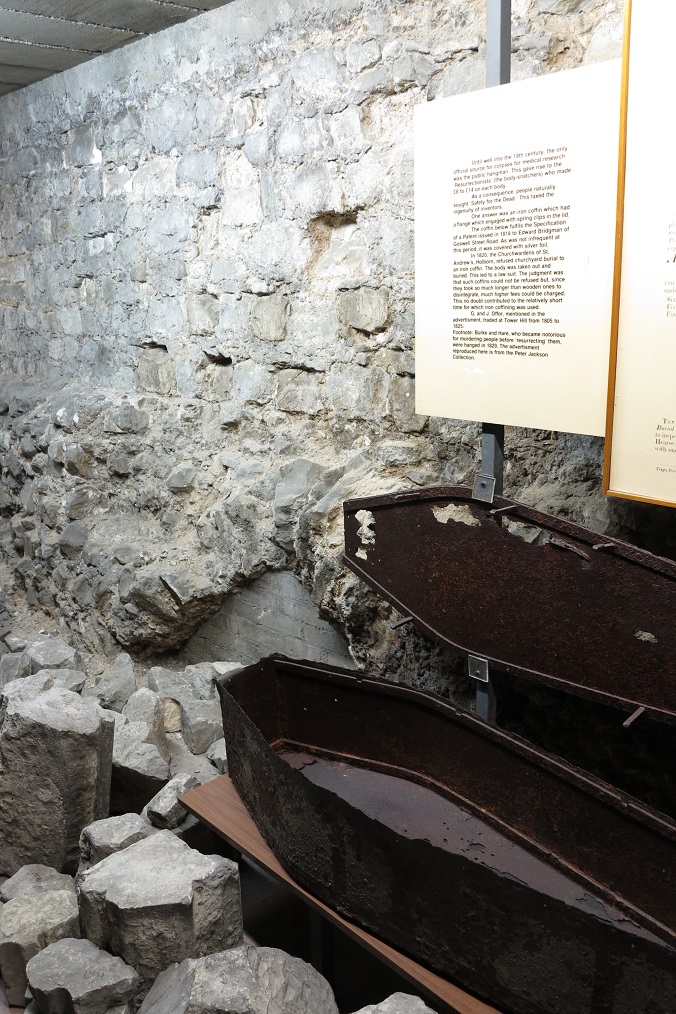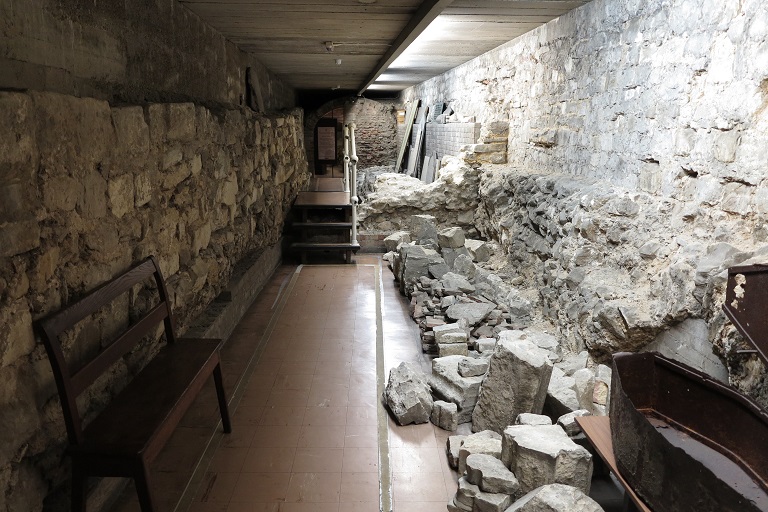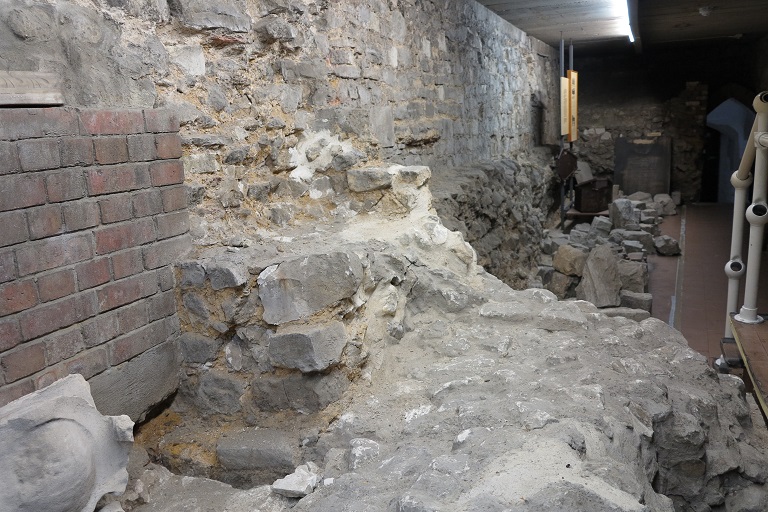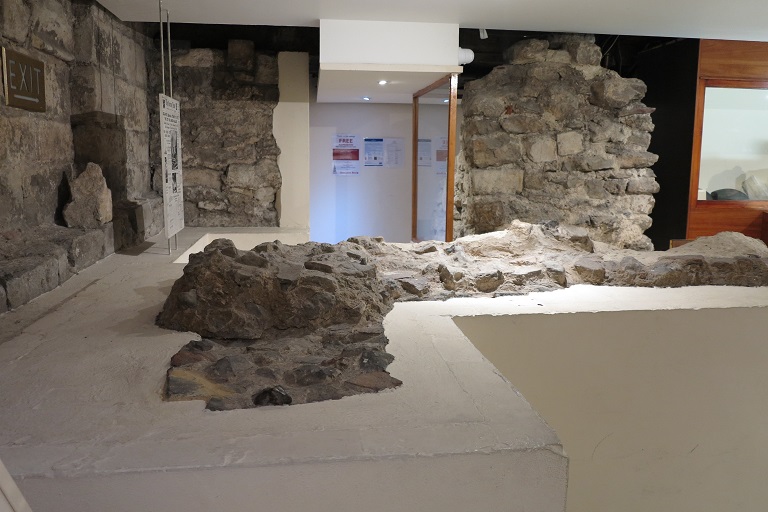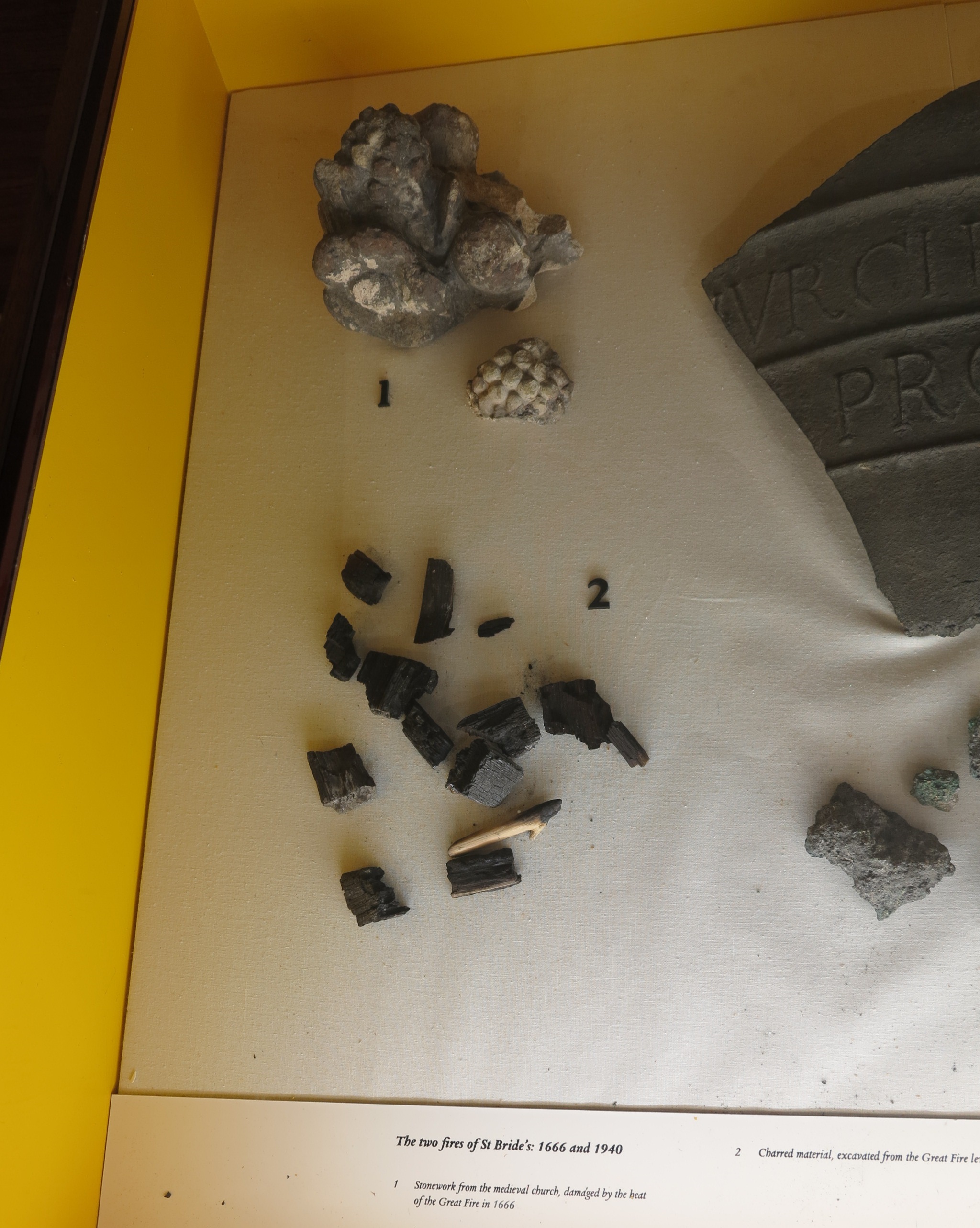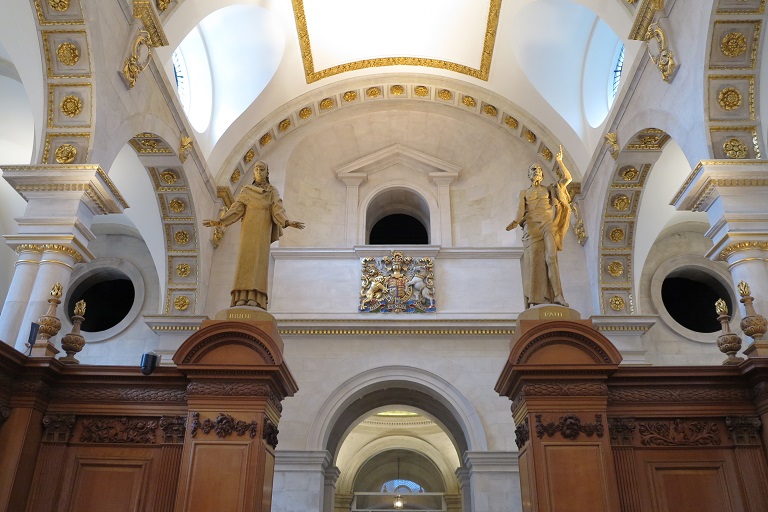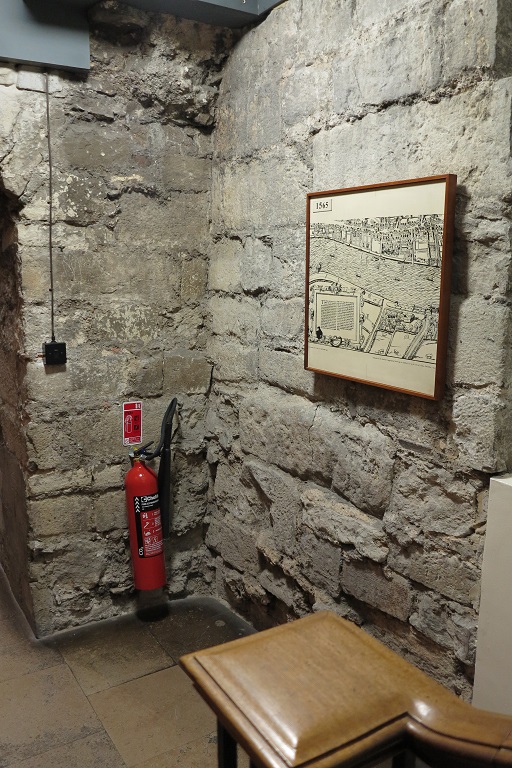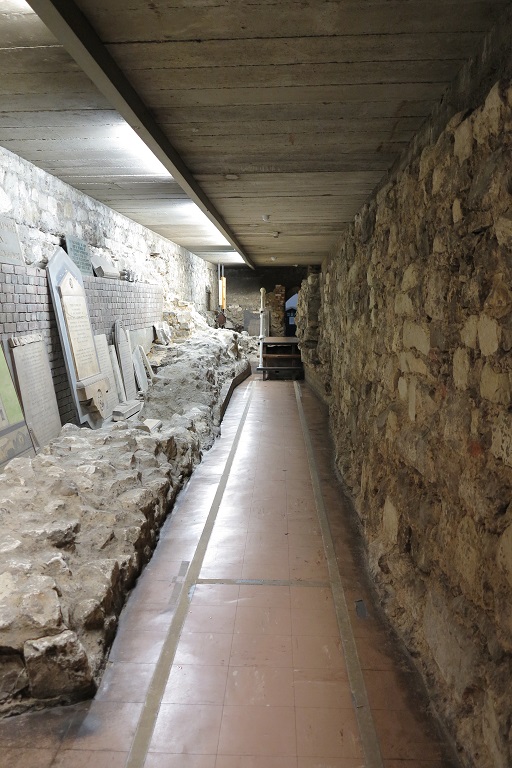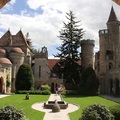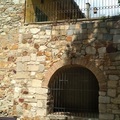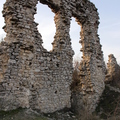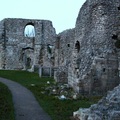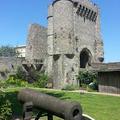Jelenlegi Szent Bride's legalább a hetedik templom, ami ezen a helyszínen állt. Hagyományosan a Szent Bridget által alapították a hatodik században. A St. Bride's London egyik legősibb temploma. A 17. század közepén jött a katasztrófa. 1665-ben a londoni nagy pestis idején a járvány egyetlen héten belűl 238 hívet ölt meg és 1666-ban, a következő évben, a londoni Nagy Tűzben teljesen megsemmisült a templom . A tűz után a régi templomot egy teljesen új épület váltotta fel, mely Sir Christopher Wren, az egyik legnagyobb és legdrágább terve, hét évet vett igénybe. 1940. december 29-én, a londoni Blitz, a második világháború idején a templomot a Luftwaffe bombái ismét romba döntötték. A bombázás egyik szerencsés és nem szándékos következménye az egyház eredeti 6. századi szász alapjainak feltárása volt. Napjainkban a Fleet Street néven ismert kripta a nyilvánosság számára nyitva áll, és számos ősi emlékeit tartalmazza, köztük római érméket és középkori ólomüveget valamint egy római járdarészletet. A háború utáni ásatások során a XVI., XVIII. és a XIX. század elejéről származó közel 230 ólom koporsót fedeztek fel melyekben az 1665-ös járványban elhunytak csontjai voltak.
The present St Bride's is at least the seventh church to have stood on the site. Traditionally, it was founded by St Bridget in the sixth century. St. Bride's may be one of the most ancient churches in London, with worship perhaps dating back to the conversion of the Middle Saxons in the 7th century. In the mid-17th century disaster struck. In 1665, the Great Plague of London killed 238 parishioners in a single week, and in 1666, the following year, the church was completely destroyed during the Great Fire of London, which burned much of the city. After the fire, the old church was replaced by an entirely new building designed by Sir Christopher Wren, one of his largest and most expensive works, taking seven years to build.On the night of 29 December 1940, during the Blitz of central London in the Second World War, the church was gutted by fire-bombs dropped by the Luftwaffe. One fortunate and unintended consequence of the bombing was the excavation of the church's original 6th century Saxon foundations. Today, the crypt known as the Museum of Fleet Street is open to the public and contains a number of ancient relics, including Roman coins and medieval stained glass. Post-war excavations also uncovered nearly 230 lead coffins with plaques dating from the 17th, 18th and early 19th centuries, filled with the bones of parishioners; causes of death for most of them were found by the Museum of London.
